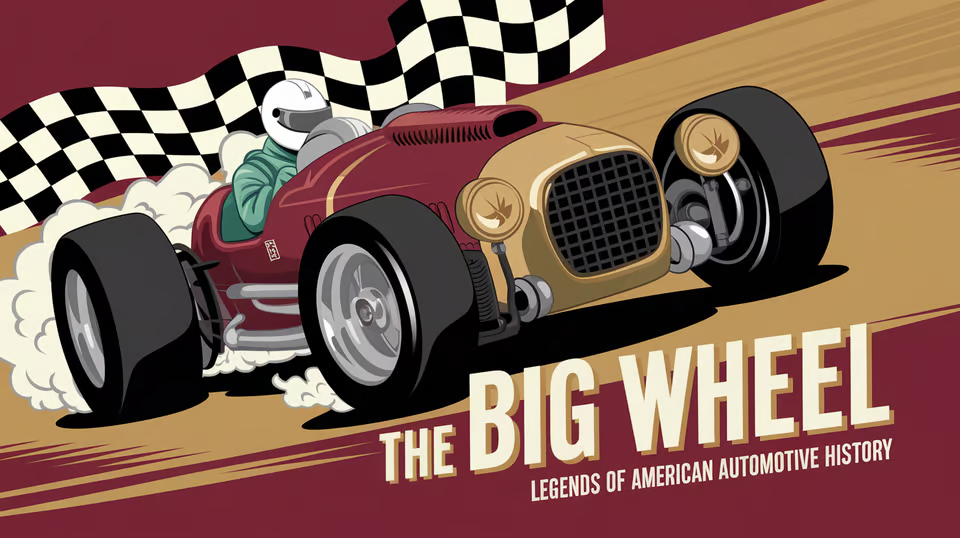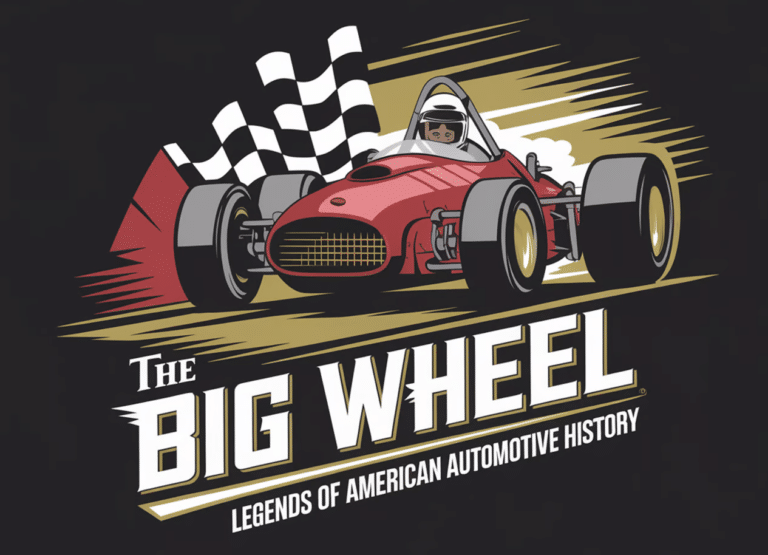IndyCar Champion Alex Palou Eyes Milwaukee After Solving Oval Challenges
Alex Palou, the 2025 Indianapolis 500 winner and reigning IndyCar champion, recently sat down to talk about the ups and downs of racing on oval tracks. The Spanish driver, who’s shot up the motorsport ranks with impressive speed, opened up about his experiences, strategies, and what makes racing at the Milwaukee Mile so different from anywhere else.
The Milwaukee Mile, by the way, is one of the oldest and most iconic tracks in the U.S. Palou’s thoughts here give a peek into his journey and what might be next for oval racing.
Alex Palou’s Journey to the Top
Contents
Alex Palou’s rise in IndyCar has been, well, fast. He started out racing in Europe, then made the jump to the American scene with a determination that people noticed right away.
When he won the 2025 Indy 500, that was a huge moment. It really cemented his place among the sport’s elite drivers.
Early Career and Transition to IndyCar
Palou began racing karts as a kid before moving up to single-seaters in Europe. His talent showed early, and he climbed the ladder quickly.
The switch to IndyCar brought its own set of hurdles, especially with the unique demands of oval tracks. Palou had to adapt fast, and his ability to learn on the fly really helped him make the leap to the American racing world.
Key Achievements and Milestones
Winning the Indy 500 is what most drivers dream about. For Palou, that win in 2025 was years of hard work paying off—both for him and his team.
His consistent results all season also earned him the IndyCar championship. It’s fair to say he’s become one of the standout drivers of his generation.
The Challenges of Oval Racing
Oval racing is a different beast compared to road and street circuits. Mastering these tracks takes skill, strategy, and a strong mindset.
Palou’s take on these challenges gives us a look at just how tricky oval racing can be.
Adapting to High Speeds and Close Quarters
One of the toughest parts of oval racing? The crazy high speeds and how close the cars get to each other. Drivers have to keep perfect control, especially in tight turns and while keeping an eye on tire wear.
Palou points out that mental focus and making snap decisions are absolutely crucial in these high-pressure moments.
Strategic Pit Stops and Tire Management
Pit stops and tire choices can make or break a race on ovals. Palou relies on his team to get these details right.
Good communication with the pit crew often spells the difference between winning and losing. Palou’s experience really shows how much teamwork and strategy matter on oval tracks.
The Milwaukee Mile: A Historic Venue
The Milwaukee Mile is special for a lot of fans and drivers. As one of the oldest speedways still running, it’s got a history and vibe you just don’t find elsewhere.
Palou’s thoughts on racing here give a better sense of why this track means so much in the racing world.
Unique Challenges of the Milwaukee Mile
This track isn’t like the others. Its flat surface and tight corners force drivers to rethink their usual approach.
Palou talks about how precision matters here, and how you’ve got to tweak your driving style to fit the track. His perspective brings out the small details that make racing at Milwaukee different.
Memorable Moments and Future Prospects
Palou’s time at the Milwaukee Mile has given him plenty of memorable moments and lessons. He seems pretty hopeful about where oval racing is headed.
He’s looking forward to seeing new ideas and changes in the sport. His mix of past experiences and thoughts about what’s next shows just how much oval racing still has to offer.
Conclusion
Alex Palou’s journey in IndyCar racing really shows off his skill and pure determination. There’s a certain passion he brings to the sport that you can’t help but notice.
His thoughts on the ups and downs of oval racing give a fresh look at what it actually takes to make it in top-tier motorsport. If you want to dig deeper into Palou’s take on oval racing and his time at the Milwaukee Mile, check out the full interview here.

